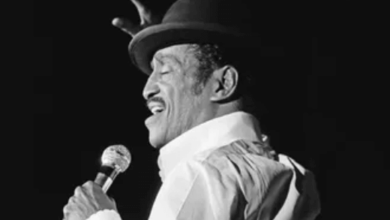2038859291 Mapping Breakdown of Mobile Call Trends

The analysis of mobile call trends in 2038859291 reveals a marked shift in communication preferences. Users increasingly opt for instant messaging and social media platforms, leading to shorter call durations. This trend highlights a generational divide, with younger individuals favoring brevity, while older users still value longer conversations. As these patterns evolve, understanding their implications on personal interactions and societal norms becomes crucial. What factors are driving this fundamental change in communication?
Rise of Smartphone Usage and Its Impact on Call Trends
The rise of smartphone usage has fundamentally altered call trends in the telecommunications landscape.
As smartphone adoption accelerates, communication preferences shift towards instant messaging and social media platforms, often diminishing traditional voice calls.
This evolution reflects a broader desire for flexibility and immediacy in interactions, highlighting a growing inclination towards diverse, multimedia communication avenues that empower users to connect on their terms.
Changes in Call Duration and Frequency Patterns
As communication preferences evolve, notable changes in call duration and frequency patterns emerge.
The average call duration has decreased, indicating a shift toward brevity in conversations.
Concurrently, frequency patterns show fluctuations, with some users opting for more frequent, shorter interactions.
This reflects a desire for efficiency and spontaneity, aligning with contemporary lifestyles that prioritize quick exchanges over prolonged dialogues, fostering a sense of freedom in communication.
The Shift From Voice Calls to Alternative Communication Channels
While many users once relied heavily on voice calls for communication, a significant shift toward alternative channels has become increasingly evident.
Text messaging and social media platforms have emerged as preferred methods, offering immediacy and convenience.
This evolution reflects a broader desire for flexibility and freedom, allowing individuals to connect asynchronously, share multimedia content, and maintain relationships in diverse, innovative ways beyond traditional voice interactions.
Demographic Insights Into Mobile Call Behavior
Demographic factors significantly influence mobile call behavior, shaping how different age groups, genders, and socioeconomic backgrounds engage with voice communication.
Younger users often prefer quick, informal exchanges, while older individuals tend to favor longer, more meaningful conversations.
Gender differences manifest in call preferences, with women generally valuing emotional connection.
Additionally, regional variations highlight distinct calling habits influenced by cultural norms and access to technology.
Conclusion
In a world increasingly connected through instant messaging and social media, the irony lies in the diminishing value placed on traditional voice calls—a medium once cherished for its depth. As younger generations prioritize brevity and efficiency, one might wonder if the art of conversation is becoming a relic of the past, appreciated only by the older demographic. Thus, while technology fosters communication, it simultaneously erodes the essence of meaningful dialogue, leaving society to ponder the true cost of convenience.





